A guide for art students to study in Japan for further studies can also be transferred to majors
With the development of the domestic economy, more and more students are studying in Japan. In the mainstream camp of learning “economy” and “management”, art students have also quietly increased. And some people choose liberal arts and sciences to transfer to fine arts after coming to Japan, and take the examinations of fine arts universities or art subjects in Japan. So, how should we prepare for the advancement of art students and transfer art students?
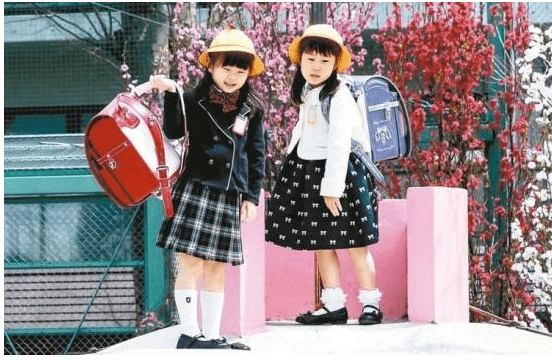
Japanese language and requirements
Japanese language scores are required to apply to a Japanese university. Ordinary universities require liberal arts or science scores and Japanese scores, and some require English scores. Most universities of fine arts only need to submit Japanese grades.
The Japanese language scores of international students are divided into two categories, one is the JLPT (Japanese Language Proficiency Test), which is the “N1” and “N2” level test. Generally, a certificate of N2 or above is required for university applications. The second is EJU (Experiment for Foreign Students), which includes three subjects: Japanese, Liberal Arts, and Science. Art students only need Japanese scores, 400 points for Japanese listening and reading comprehension + 50 points for narration (small composition), for a total of 450 points. However, the scores of small essays are not considered by universities, and generally only counted as 400 points for listening and reading. Generally, applying to universities requires more than 250 points, and some universities only need more than 220 points.
The university only needs to submit one grade, and it is recommended to take the most insurance for both exams.
Professional requirements
The contents of the domestic professional examinations are three unchanging items (sketch avatars, watercolor still lifes, dynamic sketches of characters), while the professional examinations in Japan have different emphases and different examination contents according to different schools and subjects. No professional examination is required. Due to the differences in the content of professional examinations between China and Japan, students can choose to go to a private art school or preparatory proofreading for understanding and learning. Since professional art students have participated in intensive training in China and have a foundation in art, professional examinations in Japanese universities will be easier. If you cannot keep up with new art students, it is recommended to apply to universities that do not require professional examinations.
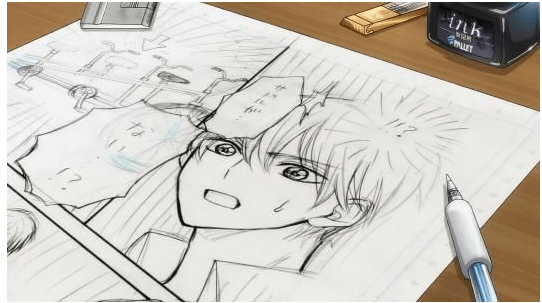
University selection
Japanese universities are divided into national public universities and private universities. The tuition fees of national and public universities are cheap but it is very difficult to qualify. The language and professional requirements for international students will be very high. The tuition fees of private universities are more expensive but the educational conditions are also very good. Tokyo University of the Arts (national) Tama Art University (private) Musashino Art University (private) Tokyo University of Art (private) Women’s Art University (private), also known as the “Tokyo Five Beauties”, and the Faculty of Art at Nihon University, Tokyo Polytechnic University, etc., are the Japanese universities that students consider most. There are many other good universities, and the major settings of each university are different. You still have to choose according to the major you want to study. Universities have open days, where you can visit the university and have the opportunity to communicate with professors.
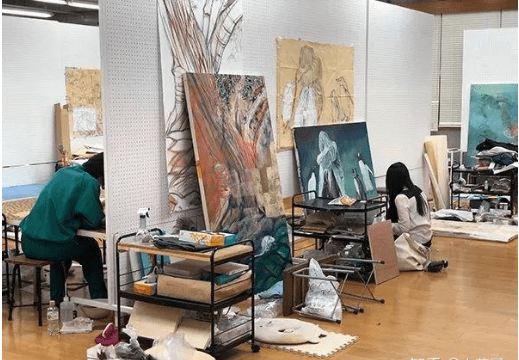
University exam (interview + practical skills)
Japanese universities need interviews, and interview scores account for 70% of all scores, which can be said to be very, very important. General interviews are organized around five basic questions (one, why come to Japan; two, why choose this school; three, why choose this major; four, study plan; five, post-graduation planning) and the rest will involve a little bit Professional knowledge, such as your favorite designers and works, etc., should be prepared according to the major you choose. There are also some universities that need to prepare a portfolio, and you need to introduce your portfolio to the professor during the interview. The interview is really important, but it doesn’t mean that your spoken English is good or your Japanese scores are good. Some students with average Japanese scores are very, very brilliant as long as they prepare well.
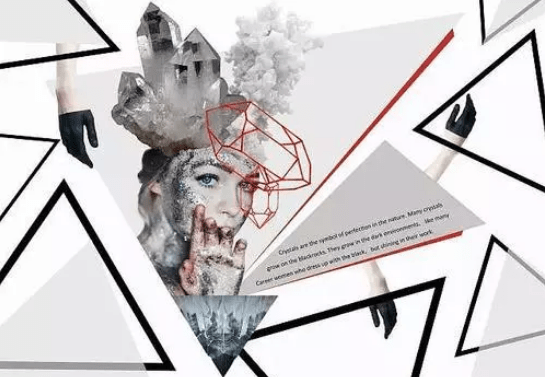
Practical skills refer to the professional examinations organized within the university, mainly drawing sketches, different university time requirements are also different, mainly based on the actual university.
I hope that the students will have a good attitude to prepare for the exam in Japan, and work and rest together. I hope that everyone can be admitted to the university they like!
For more information about studying abroad, please pay attention to Shaanxi Zhongzhuo Study Abroad

























































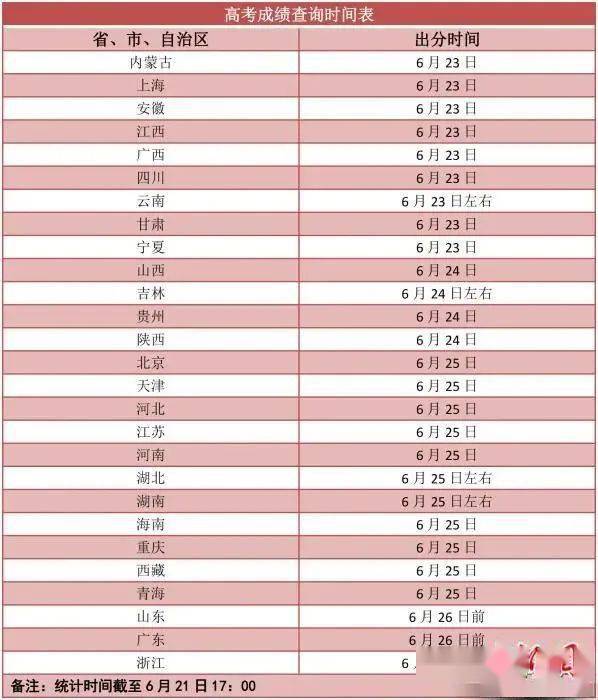



You must log in to post a comment.